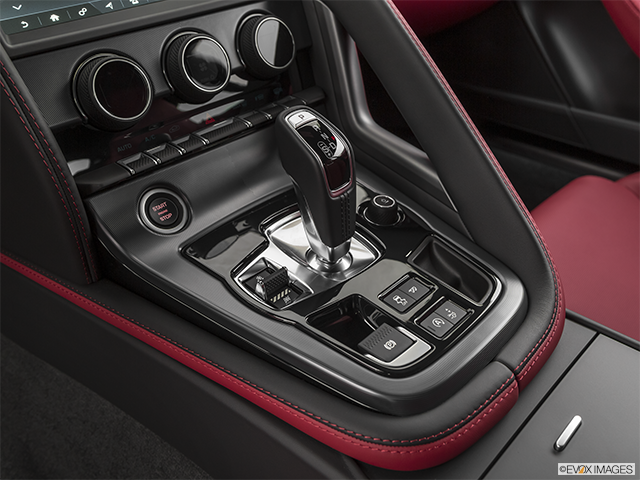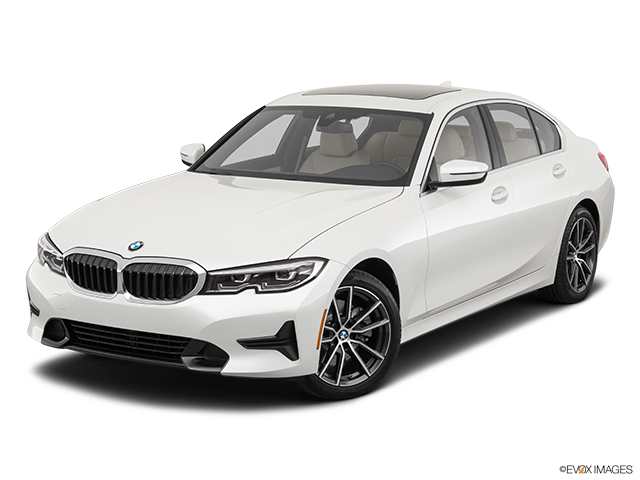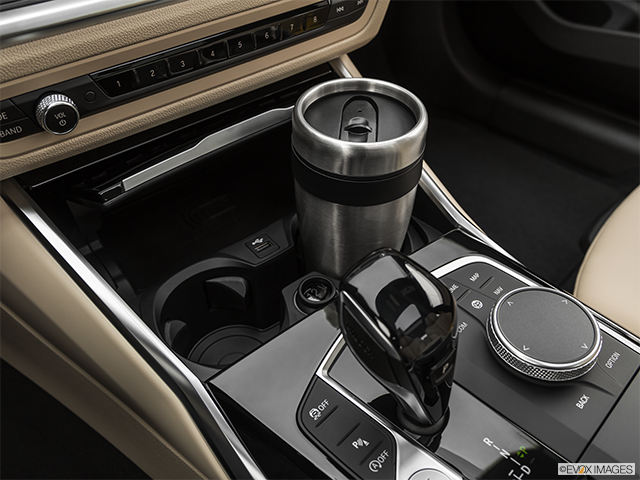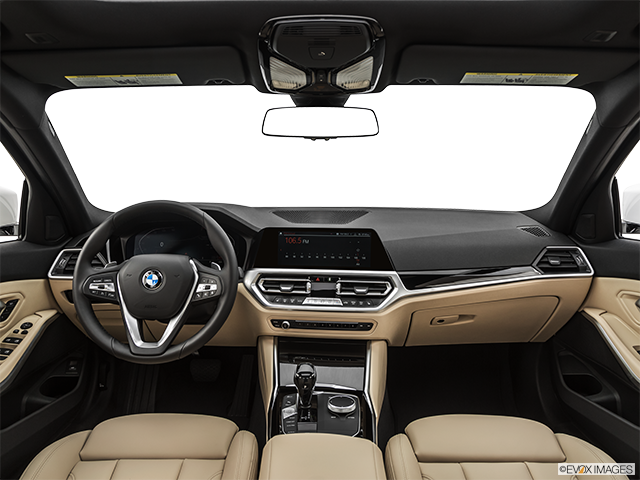Virtual reality is reshaping the retail process. Not only for shopping centers and online sales but also the auto industry. How we sell products, especially high price-tab products, is being revolutionized by virtual reality sales technologies.
Few people look forward to dealing with salespeople and dealerships, even when they’re excited to buy a new car. It isn’t all about negotiations either, which admittedly many hate, but is becoming increasingly about buyer convenience.
A buyer will likely want to view a couple of makes and models and also see the different trims for each. This results in them having to tour more than one brand’s dealership to see the vehicles they’re interested in. Not only is this extra travel, but it could be that when they get to a dealer, the cars they are interested in are not currently in the showroom.
Even if buyers call and book to see the models they have an interest in, it can mean the inconvenience of visiting different dealerships on different days. For the employed buyer, this can mean losing a weekend or two just looking at the cars they like.
This is a problem for dealers, and it needs a solution. So far, that solution seems to be to embrace the selling and motivating power of virtual and augmented reality systems.
How Connectivity Is Changing the Purchasing Process
As it is, customers don’t just go by word-of-mouth or adverts in the local paper anymore. Buyers are heavily informed, able to access almost every piece of information possible for a particular purchase.
When it comes to buying a car, many will do deep research online before even narrowing down their choices. This will likely initially be about reviews of the best cars of a year or similar cars to a model that they like. As most do this on their smartphones, it can be done anywhere and at any time, including in the showroom while a sales staff member is giving ‘hopefully correct’ information.
Once a couple of options are chosen, then shoppers will look at reviews, both professional and by people who have owned this car previously. If it is a car that has been around for a while, they may even research older models to see how they fared over time.
Today, dealers are up against attracting tech-savvy and highly-informed buyers. They need to impress and they need to provide convenience.
How Can Virtual Reality and Augmented Reality Benefit Buyers?
Given that one of the pet peeves of car buyers is the inconvenience of visiting numerous dealerships, virtual reality helps remedy this situation in a couple of key ways.
First, many dealerships are currently incorporating virtual showrooms into normal real-world facilities. This allows customers to not only see what is on the shop floor but to be able to virtually experience any vehicle and any trim level that is in the dealership's virtual images database. They can interact with cars, get inside, and in some places can even take the car for a virtual test drive.
In addition to experiencing the vehicle, they can access the technical information and even see how the technical parts of the car work (with an x-ray or exploding view technique). They also know that the information is correct and is not an overzealous salesperson telling them what they ‘think’ to be true.
Secondly, this experience doesn’t need to be restricted to being in a showroom. This means that not only can potential buyers experience cars virtually, but can do so in the comfort of their home (or wherever else they choose).
With a virtual showroom, the buyer can see numerous cars in a realistic feeling scenario. The cars are to scale and can be interacted with in various ways. This can also be done via compatible phones using an app, or a fully subversive virtual reality experience with a headset and compatible devices.
Augmented reality can take things a step further, by allowing the vehicle to be seen in the real world of the buyer. This could be as simple as them wanting to see how a particular model would fit in their driveway, to being able to compare it next to the neighbor’s car.
Do Virtual Sales Benefit Dealers?
Although virtual systems are certainly changing things, there are benefits for dealers and their employees. At the end of the day, dealers need to make sales. If they don’t make enough sales, employees lose jobs. Virtual reality and augmented reality are altering the way dealers approach things, so some jobs will change, but others will be created.
One of the major advantages is that showrooms won’t require huge amounts of stock. This means that showrooms don’t need to be as large, and therefore aren’t so expensive to set up. Smaller showrooms that are cheaper to start will allow dealers to break into smaller markets that weren’t previously viable due to setup costs and maintenance of stocks.
While many will use augmented and virtual devices to experience vehicles online or in the showroom, once things reach a point of buying, many customers would still prefer to book a real test drive and appointment. This is great for dealers and salespeople, as the hard work has already been done virtually, so all they need to do is complete the sale with a customer that is already in the buying stage mindset.
Some even take things a step further, allowing for at-home test drives or extended returns policies on car purchases. This, for customers that are comfortable with buying larger items online, to complete their entire buying experience virtually, without ever visiting a showroom.
Augmented reality can also be highly interactive and even overlay information on real vehicles. This can add a ‘fun’ or ‘interesting’ interactive element to viewing normal showroom vehicles. It can also demonstrate how popular or innovative features work, drawing the customer’s attention to key selling points of the car.
To Sum Up
Virtual reality is certainly a diverse and useful tool. In regards to automobile sales, it helps in a few ways:
Cost reduction - reducing the need for lots of stock at every location
Market penetration - as showroom costs can be smaller and cheaper, previously untapped markets become viable options
Visualization - allowing customers to see all possible add-ons and trims
Comfort - customers can virtually see the cars online or in the showroom
Experience - customers can also experience behind the brand, historic events, races, or a test drive
Fun - viewing cars can be a bit boring, even when you want to buy one. Virtual reality can add fun and interactive elements to the experience
The use of virtual devices is only going to expand as mixed reality improves and becomes mainstream. As virtual objects connect more with the real world in interactive and fluid ways, the possibilities of use in business and marketing are endless.
DRIVING INNOVATION IN AUTOMOTIVE IMAGERY
The EVOX Images database features the most innovative packages of interior and exterior stills, 360º vehicle imagery, and VR experiences. At more than a million images strong, our team consistently raises the bar on industry standards, and offers an unmatched delivery schedule.
Complete. Easy. Powerful. EVOX.
SEARCH OUR BLOG













